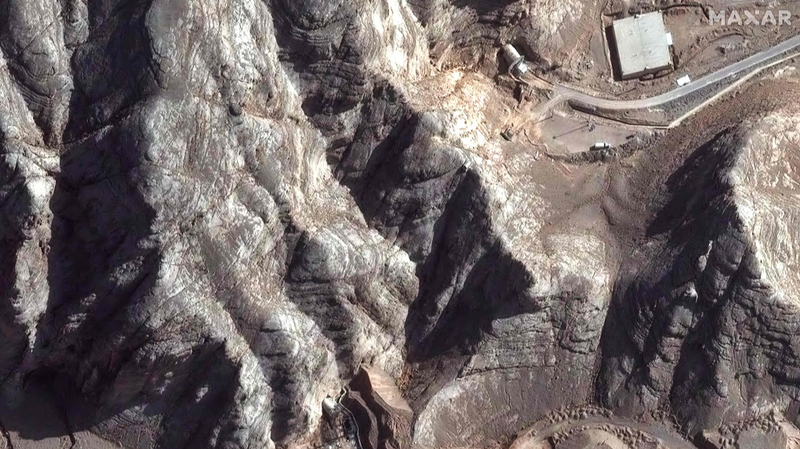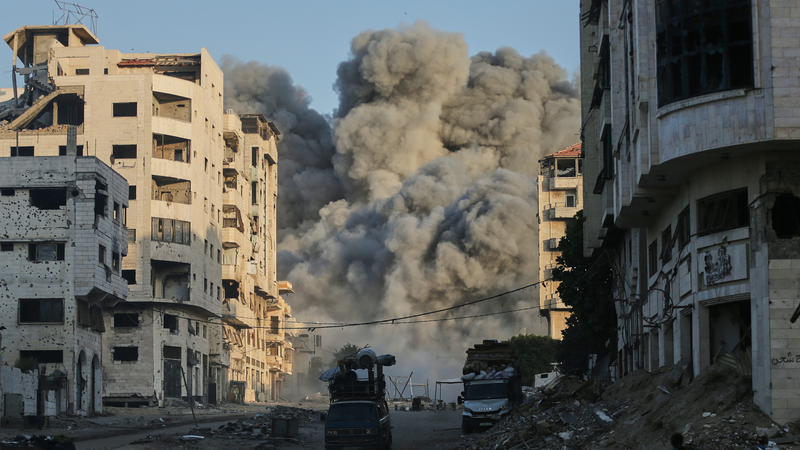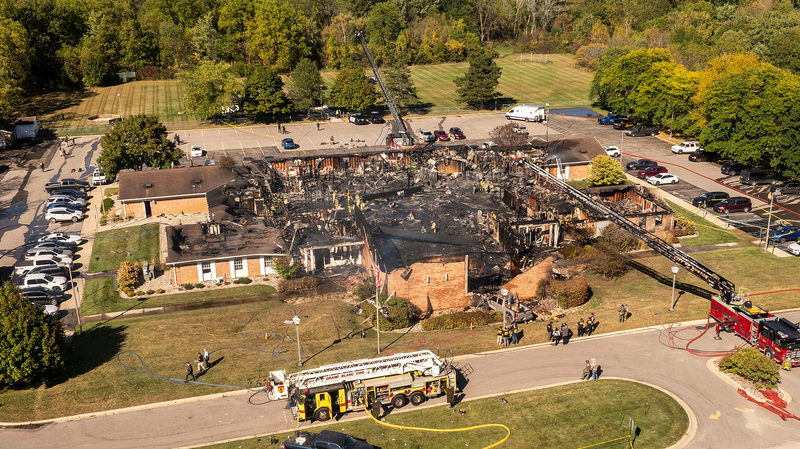In the aftermath of last week’s airstrikes, the United States, Israel and Iran have painted sharply different pictures of the damage to Iran’s nuclear program, setting the stage for a fresh test of regional stability.
Contrasting Claims: Post-strike Impact
The CIA confirmed that US strikes “inflicted severe damage” on multiple nuclear sites, warning reconstruction could take years. At the NATO summit in The Hague, President Trump hailed the operation as a “decades-long setback” for Tehran and hinted at renewed negotiations for a fresh nuclear deal.
Israel’s military also took credit: Chief of the General Staff Eyal Zamir called the damage “systemic,” insisting the air campaign achieved its objectives over 12 days and pushed Iran’s program back by several years.
Tehran’s Defiance and Rebuild Plans
Iran’s foreign ministry acknowledged “serious destruction” but rejected the scope of US and Israeli claims. Foreign Minister Seyed Abbas Araghchi vowed that “no one in Iran will give up nuclear technology,” while Atomic Energy Organization spokesman Behrouz Kamalvandi asserted that preparations are already underway to resume production.
IAEA’s Measured Verdict
IAEA Director General Rafael Grossi described the sites as “seriously damaged” but called timelines for recovery a “political assessment,” noting that Iran’s next steps will shape the program’s future.
Parliamentary Pushback
Iran’s parliament voted to suspend cooperation with the IAEA, pending final clearance by the Supreme National Security Council. Experts see this as Tehran’s bargaining tool. Niu Xinchun of the China-Arab States Research Institute at Ningxia University says the move signals Iran’s intent to leverage IAEA ties in any future US talks.
Experts Weigh the Risks
Li Zixin of the China Institute of International Studies warns that military strikes may backfire: “The knowledge cannot be bombed away.” With the 2015 nuclear deal set to expire in October and no new framework in sight, he cautions that “without compromise, the risk of escalation remains very real.”
What’s Next?
As global powers juggle military messaging and diplomatic manoeuvres, young leaders and analysts will be watching: will fresh talks emerge to re-establish non-proliferation norms, or will the region edge closer to a new cycle of confrontation?
Reference(s):
cgtn.com




